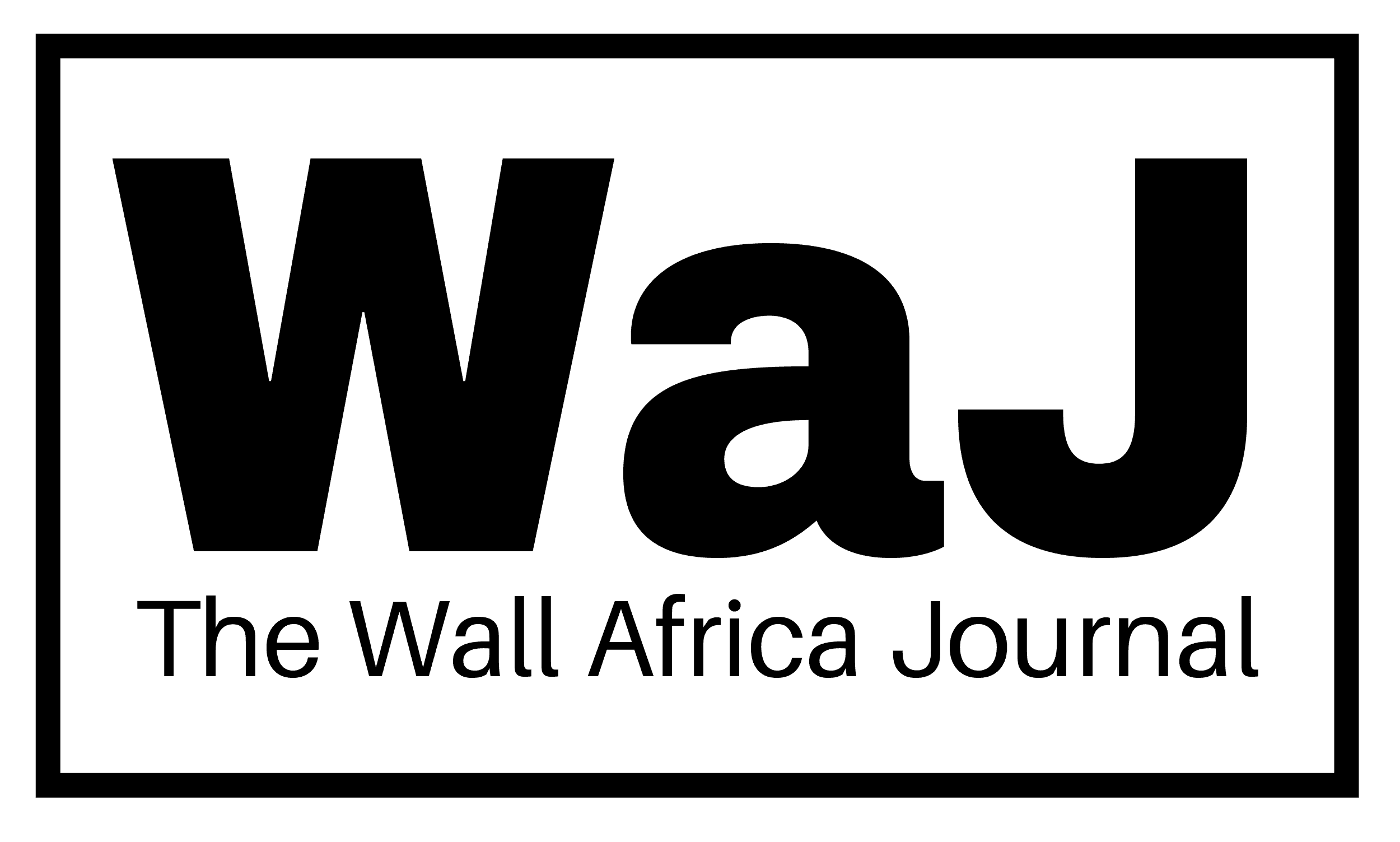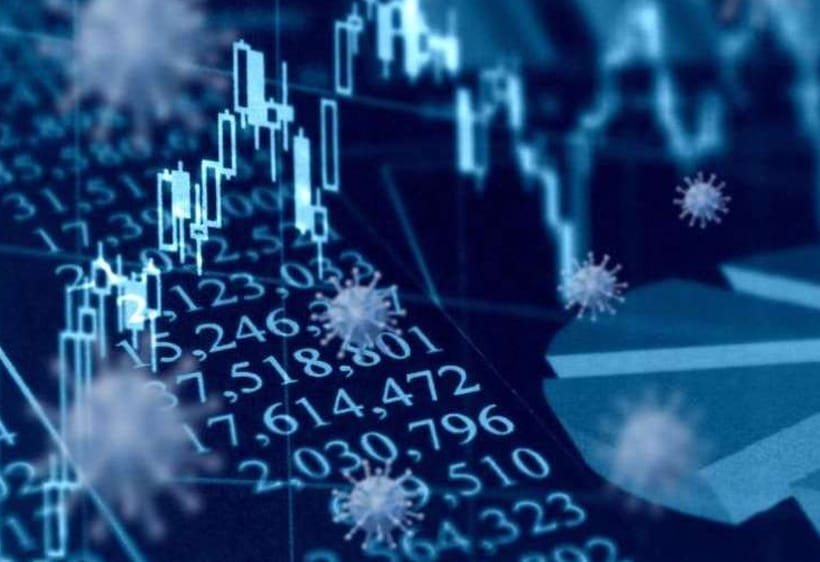South Africa’s private sector showed signs of levelling off in April, following four consecutive months of contraction, as new orders increased and supply chains began to recover.
According to the latest data from S&P Global, the country’s Purchasing Managers’ Index (PMI) climbed to 50.0 in April from 48.3 in March. A score of 50 marks the threshold between growth and contraction, making this the first neutral reading since November last year.
The index reflects modest but broad-based improvements in key areas such as output, employment, and new business. For the first time in five months, new orders showed an uptick, attributed to a combination of larger client contracts and effective marketing strategies. However, lingering economic uncertainty continues to weigh on consumer confidence and spending patterns.
Notably, supply chains — which have been under strain for nearly a year — showed significant improvement. Supplier delivery times shortened for the first time since mid-2023, aided by reduced congestion at Durban’s port. This development encouraged firms to increase their purchasing activity and restock depleted inventories, ending a four-month decline.
Despite these gains, rising input costs cast a shadow over the recovery. Input price inflation accelerated to its highest point in eight months, driven largely by a weakening rand. The South African currency saw heightened volatility against the U.S. dollar in early April, pushing up import-related expenses.
“Rand volatility, particularly in the first half of the month, placed upward pressure on prices,” said David Owen, senior economist at S&P Global Market Intelligence.
Although operational conditions improved, sentiment among businesses remained cautious. Concerns over domestic governance and international political instability have led many firms to temper expectations for the year ahead.
As South Africa heads into the second quarter, analysts are closely watching whether these early signs of stability will translate into sustained growth or remain vulnerable to external shocks and internal uncertainty.



